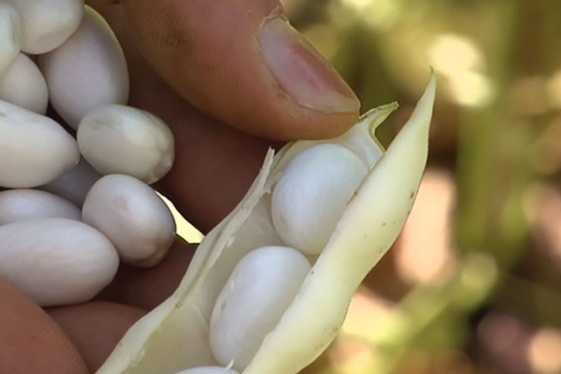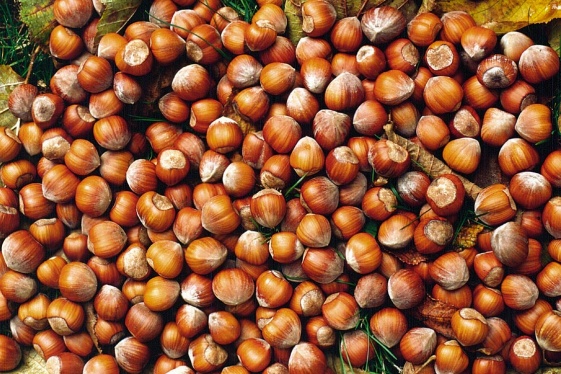Italian flavors: Rotonda White Beans
Always present in the rural tradition of the Mercure Valley, white beans have played a major role in the agricultural history of the local populations. An 1852 publication by the Kingdom of the Two Sicilies speaks of the cultivation in the area of “graminaceous, leguminous and filierous plants” and specifically mentions the "bean, and this is sever...
READ MOREItalian flavors: Coppa, Salame and Pancetta Piacentina
In Europe, the tradition of eating pork meat stretches far back into antiquity, as pigs were an animal that was easy to rear in a domestic environment, they were rich in fat and delicious meats and reproduced quickly. In the second half of the nineteenth century, some pig bones excavated from archaeological sites in the Po Valley corroborated the h...
READ MOREItalian flavors: Piemonte Nuts
The hazelnut, widely found in all temperate regions of the northern hemisphere, was one of the first fruit trees to be used and cultivated by humans, providing an important source of energy for early nomadic populations. Research carried out in past years has shown that the hazelnut was already present in the historical cultivation areas of Piedmon...
READ MOREItalian flavors: Pecorino Romano
DOP (PDO) Pecorino Romano is the direct descendant of the sheep's milk cheese that was the staple food of the Roman Empire. The story goes that, over 2000 years ago in ancient Rome, the same sheep's milk cheese that we eat today was an important part of the daily meals and banquets of imperial palaces.
READ MOREItalian Flavors: Cacciatora Salami
The name “Cacciatore” (hunter’s style) derives etymologically from its original use in the rations that hunters carried in their knapsacks during their trips. The history of the product developed hand in hand with the evolution of the rural culture typical of the regions of the production area, which provide the raw material that is processed accor...
READ MOREItalian Flavors: Terre di Siena Oil
Olive cultivation has deep roots in the area around Siena, and the olive tree can be found in Tuscan works of art and paintings from the late Middle Ages on. There are also texts from the sixteenth and seventeenth centuries that mention the presence of olives over a large part of the hills near Siena which enhanced the magnificent landscape.
READ MOREItalian flavors: Fried food Italian style, Ascoli Piceno
WTI Magazine #27 2014 Apr, 25Author : folclore.it Translation by: Since a few years Ascoli Piceno in the Marche region, homeland of the famous "olive ascolane" (fried olives from Ascoli), it has become the Italian capital of every variety of deep-fried food, in particular the fried food Italian style, welcoming every year a wide audi...
READ MOREItalian flavors: Pici's festival, Celle sul Rigo
WTI Magazine #29 2014 May, 8Author : folclore.it Translation by: Every last weekend of May the town of Celle sul Rigo, a hamlet of San Casciano dei Bagni in the province of Siena, Tuscany, has been offering for more than forty years the traditional Pici's festival, the oldest festival of the territory of San Casciano.
READ MOREItalian flavors: Girotonno, Carloforte
WTI Magazine #31 2014 May, 22Author : folclore.it Translation by: Girotonno is the event for journalists, experts and connoisseurs of quality tuna. Chefs from all over the world will be in Carloforte, from May 30 to June 2, on the island of San Pietro (province of Carbonia-Iglesias) in the southwest of Sardinia, on the occasion of th...
READ MOREItalian flavors: Parmigiano Reggiano
WTI Magazine #73 2015 November 27Author : MIPAAF Translation by: Parmigiano Reggiano has ancient origins dating back to the 12th century. The first cheese dairies began in the Cistercian and Benedictine monasteries of Parma and Reggio Emilia. Abundant streams, pastures and salt from Salsomaggiore allowed the diffusion of a hard chees...
READ MORE











